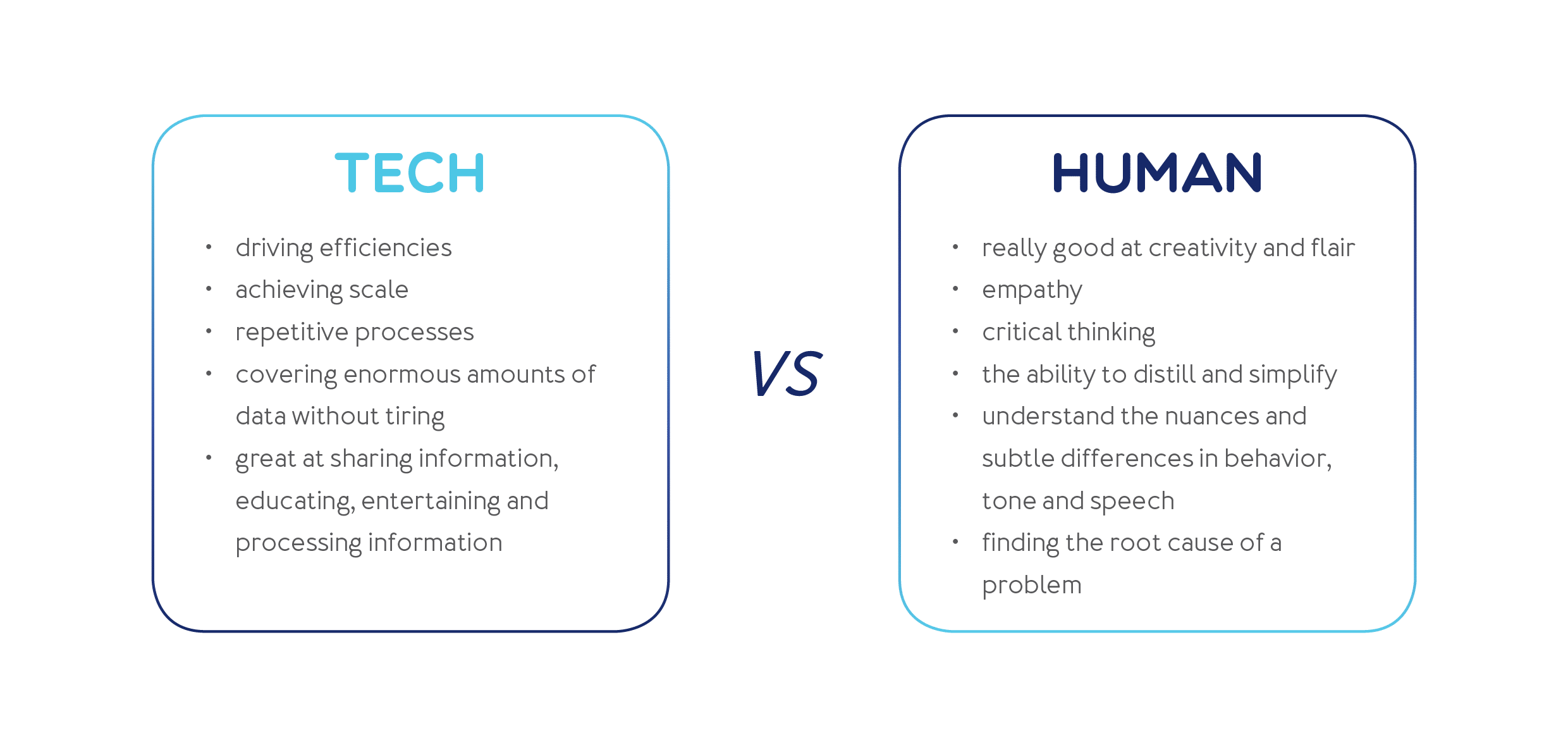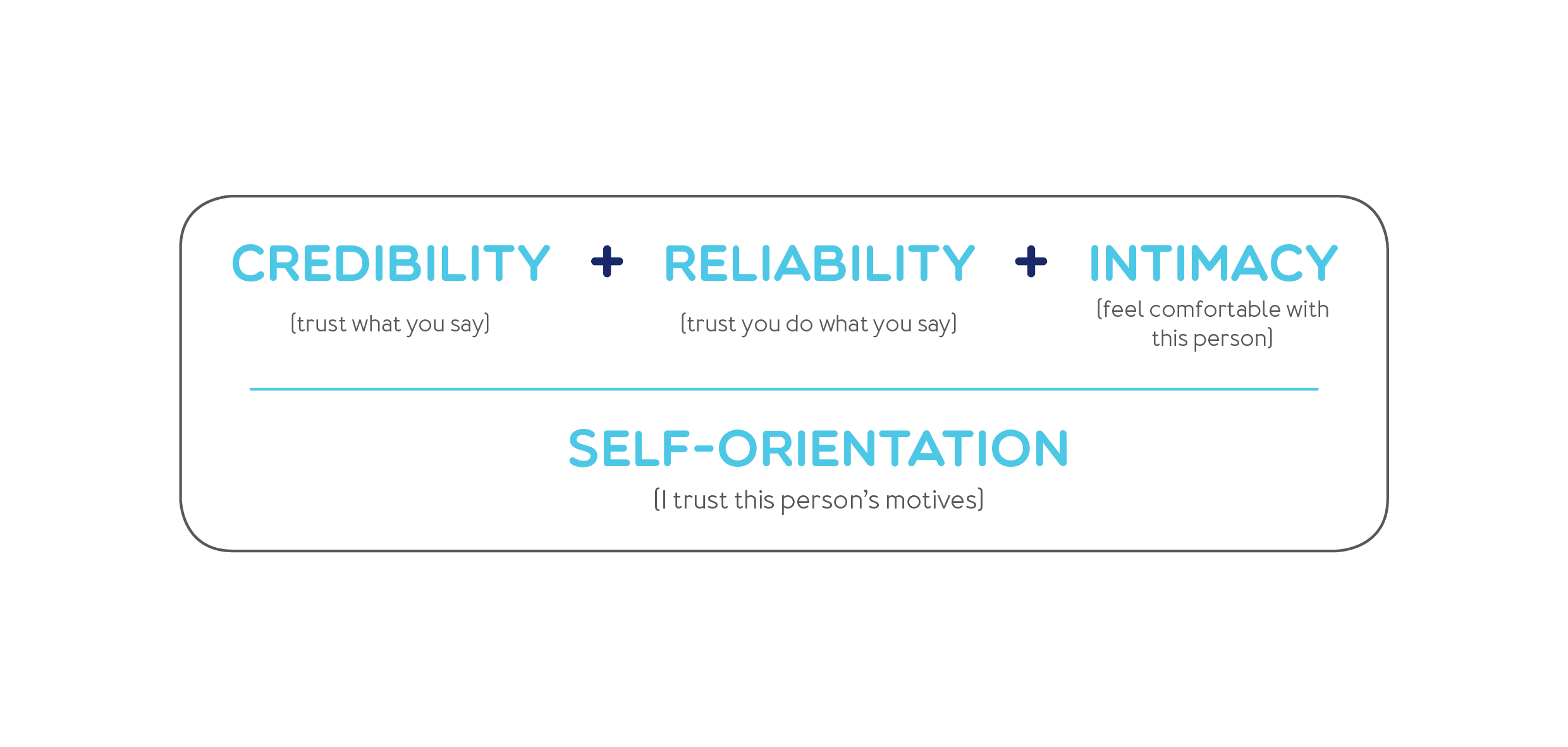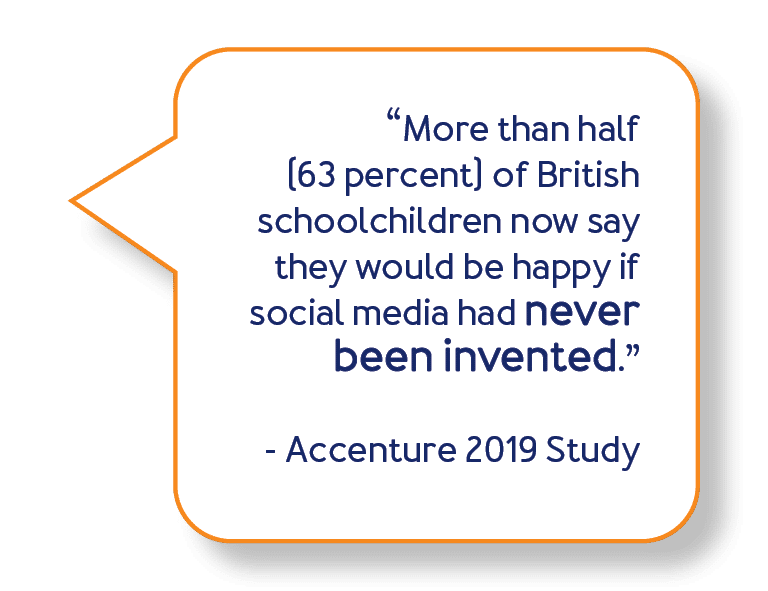Article
Reimagining Customer Service With Data and Tech
What’s that magic ingredient that combines with tech and data to deliver a truly exceptional and delightful client experience? Head of Proposition and Marketing, Michael Summerton, explores how to solve for χ to transform your business.

There are a seemingly infinite number of apps, APIs (application program interfaces) and services available offering companies a way to transform their CX, or client experience. But here’s a secret: none of them will solve all of your client experience problems.
We explore the magical ingredients that might bring together tech and data to create a truly wondrous client experience, one your clients will tell everyone they ever met about.
Battle chess
First, it’s worth understanding what tech and humans each do best. We may be losing some ground to artificial and general intelligence, but we’re not completely irrelevant. Yet.



Self-orientation is probably the most difficult to get right.
The data disconnection
So, how well do you know your client? Do you know who they are, their wants and needs, what value are you adding to their life? Do they trust you?

While we try to gather more and more data about our clients to serve them better, we see a dramatic increase in the rate at which people disconnect, unsubscribe and opt-out in an effort to stem the barrage of notifications that clutter daily life. Organisations must learn how to offer value to users who crave quiet in a noisy world.
It is getting increasingly difficult to know when and how to show up when your clients actually need you to. In order to give them their space and privacy, we need data to personalise their experiences – but without becoming creepy like Facebook.
Let’s assume you tick all the above boxes. Once you have everyone trusting each other, with great processes, a strong clear vision, strategy and leadership, and autonomous teams delivering on a high-value portfolio of ideas and everything else, how do you go about creating a truly wondrous client experience – and then scale it? You don’t start with 100 million users. You start with a few. Stop thinking big and start thinking small. Hand-serve your customers. Win them over, one by one.
And don’t stop until you know exactly what they want.
Rome wasn’t built in a day, but they were laying bricks every hour
Airbnb is one example of starting small and scaling up with which we are familiar. Brian Chesky’s early work as co-founder and CEO of Airbnb was more akin to a traveling salesman. He went door-to-door, meeting Airbnb hosts in person, taking photographs of their space, and learning what they did and didn’t like about his product.
Airbnb has such high attention to detail that meeting rooms at their headquarters in San Francisco are scale replicas of some of their first most interesting properties hosted on their site.
But how did they scale that magical experience from renting a blow-up mattress in an apartment to delighting millions of hosts and customers alike every day? In order to scale, you have to first do things that don’t scale at all. Today, Airbnb is valued at $31 billion. 10 years ago? A very different picture. Their first year and a half saw fewer than 50 people a day on the Airbnb site and between 10 to 20 bookings. That was in 2008. Since then, they have learned a lot about winning over customers.
Click here to read How to Scale a Magical Experience: 4 Lessons from Airbnb’s Brian Chesky.
Sprinkle the fairy dust
In order to reimagine your client experience, you need to reimagine your organisation – and here are three points you should consider on this journey:
- The combination of human and tech/data has the potential to be way better than each on their own
- Find the magical ingredient that will have an outsize contribution to your organisation’s success
- Stretch your imagination on what a magical customer experience might be.
None of us have infinite resources or the ability to transform whole organisations with the flick of a magic wand. We also operate on limited budgets and constrained time/capacity. So instead, I try to imagine that I have a small bag of fairy dust. With this fairy dust, I can completely transform one product or process or spread it across many areas to make small improvements. This is a whimsical approach to capital allocation.
My challenge to you is: now that you know the areas where you might transform your business, how will you combine your tech and data to deliver magical experiences for your clients?
Where will you sprinkle your fairy dust today?
This article is derived from a presentation Michael Summerton gave at the FINTECH WORLD FORUM in November.
Written by

